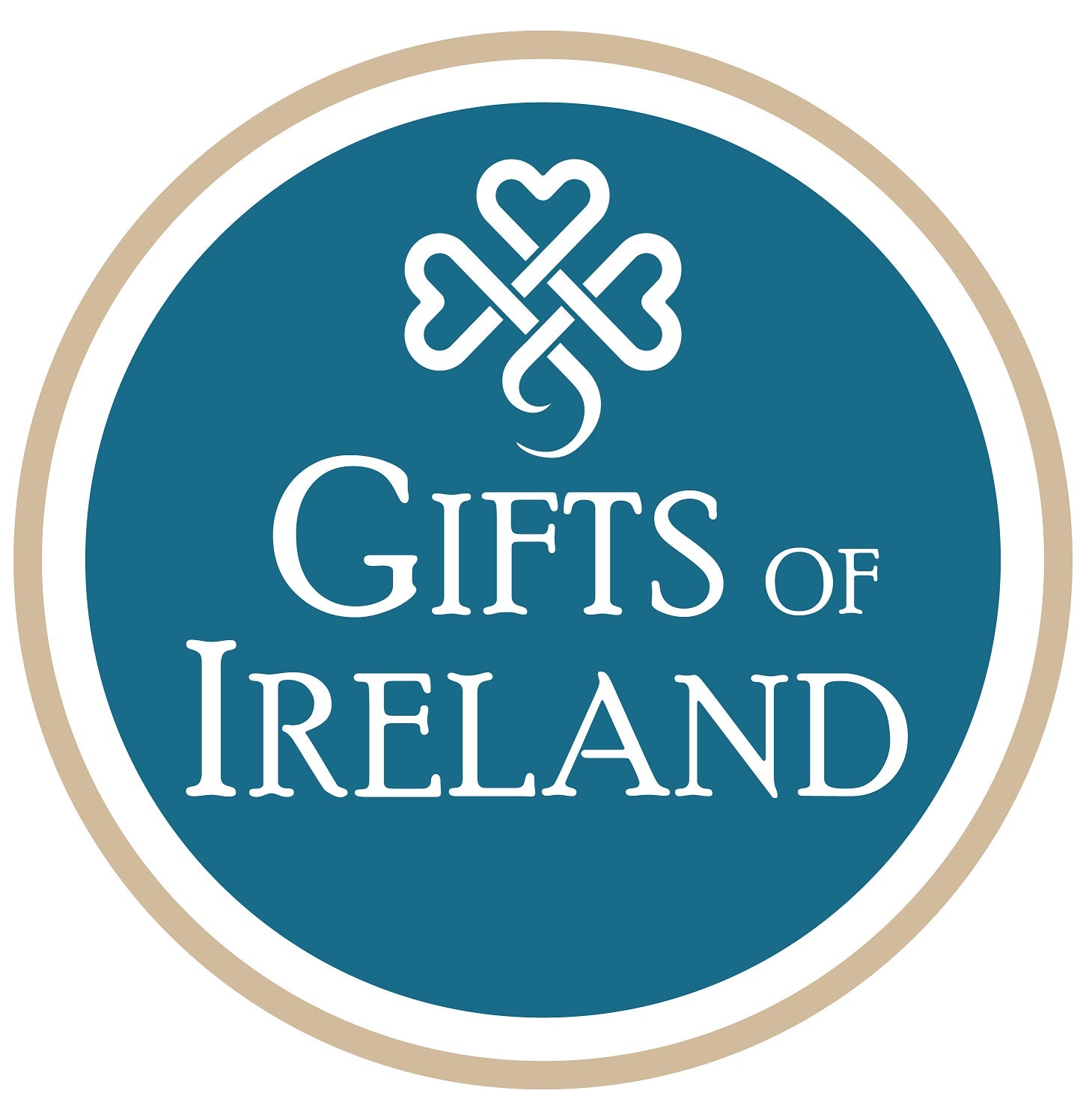
The late 19th century was at period brimming with movements trying to redefine the identities of entire countries, from Nationalism to Modernism, and Ireland would eventually face a cultural upheaval of its own - several upheavals in fact, collectively referred to as the 'Celtic Revival'. A combination of anti-colonial sentiment combined with new discoveries by historians and artists about Ireland's past resulted in various sparks which would ignite an 'Irish Renaissance' of pre-colonial art, language and history. This little island would redefine what it meant to be Irish and Celtic.
For centuries, Ireland had suffered under the might of the British empire, resulting in an erosion of local cultures and communities: the native Gaelic language was banned in schools and close to extinction, while poverty and famine forced over a million of its young generations to emigrate. But a few key organizations helped Irish people began to recognize the fact that their island was not a mere backwater colony of the British empire, but a vibrant locale teeming with ancient art and folklore, its own stories and mythology, and a beautiful Gaelic language holding even more secrets to its past.

Perhaps the most influential of these was the Irish Literary Revival, spearheaded by writers, poets, and playwrights such as WB Yeats, James Joyce, and Lady Augusta Gregory. Its proponents sought to revive the rhythms and structures of Gaelic poetry, and raise appreciation of Irish literature and folk-tales. They believed that revitalizing Ireland's literary and artistic past would give its people a stronger sense of shared identity and self-worth. Yeats nicknamed the movement the 'Celtic Twilight'. As this occurred at the same time as growing nationalist and independence movements, there was therefore a strong political aspect to the literary zeitgeist, for instance with writers transforming Celtic mythological figures into heroic nationalist icons.
At the same time the Gaelic League aimed to rejuvenate the endangered Irish language, which was only spoken in a few remote regions. Even by prominent Irish political figures, the Irish language had sometimes been seen as useless and bygone, and ill-equipped for a modern Ireland. However the league printed an Irish language newspaper, held conversation salons for Irish speakers, and helped reintroduce Gaelic to schools. Although the Gaelic language is spoken fluently by only 10% of Ireland today, thanks to the efforts of the league it is now a protected language that is looked upon affectionately (except by school students, perhaps, being a compulsory subject for most!), and is even being taught in many places beyond Ireland.

Though their goals may have seemed similar, there was in fact some bitterness between the Gaelic League and the Irish Literary Revival. Ironically many of the latter's proponents were urban, non-Catholic, and English-speaking, resulting in some hostility with the more traditionalist Gaelic League, which sought to halt the 'Anglicization' of Ireland by promoting literature in the Irish language, not English. There were also some differences in political goals for the various movements; Douglas Hyde, the first president of the Gaelic League (and later first president of an independent Irish nation) wanted his organisation to remain apolitical, though he ultimately couldn't turn back that tide - many of its members would later fight in the 1916 Easter Rising.
But these were far from the only groups to leave their mark. The GAA (Gaelic Athletic Association) revitalized and established rules for Irish sports such as hurling, camogie, and Gaelic football. The Irish Antiquarian Movement showcased ancient Celtic craft and design; artifacts such as the Ardagh Chalice and Tara Brooch had recently been discovered, creating a surge of interest in Celtic art. Meanwhile, this era saw the founding of iconic cultural landmarks in Dublin such as the Abbey Theatre and the Hugh Lane Gallery, drawing international audiences.

Was this new appeal of Celticism really just a means of distinguishing or 'purifying' Irish culture from that of Britain? Or a reaction against modernism? A continuation of the Romantic movement that had been happening in Europe? Perhaps aspects of all the above are true. At the time there were similar revivals in other regions with Celtic heritage such as Scotland and Wales. But when most of Ireland finally achieved its independence from Britain in 1922, it was faced with the work of building a new national identity for itself - fortunately the roots had already been laid down by the Celtic Revival of the late 19th and early 20th centuries. Countless cultural icons and touchstones, from the Celtic Cross to Riverdance, owe their inspiration to the roots laid down in this renaissance period of Irish art and culture.

